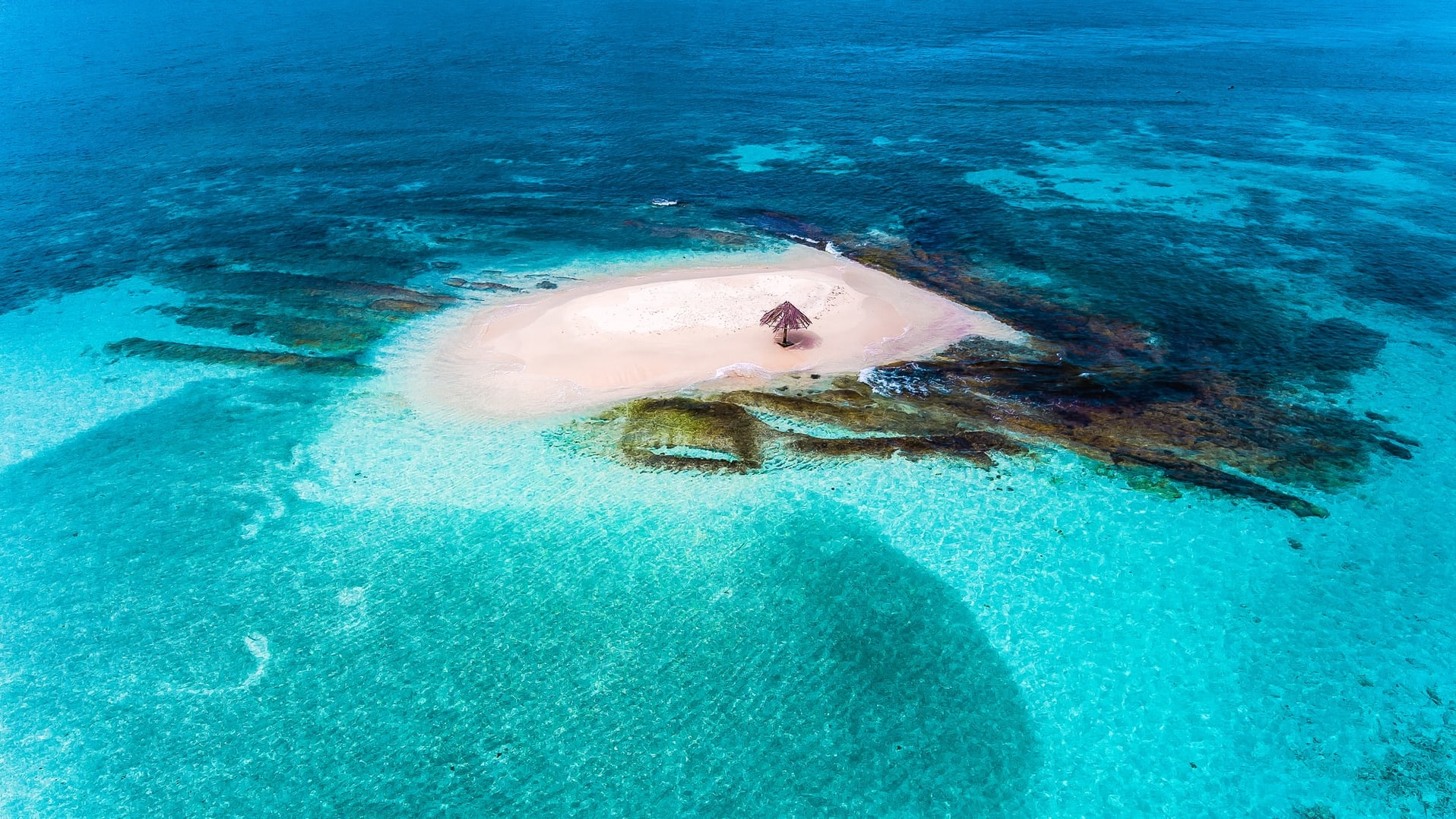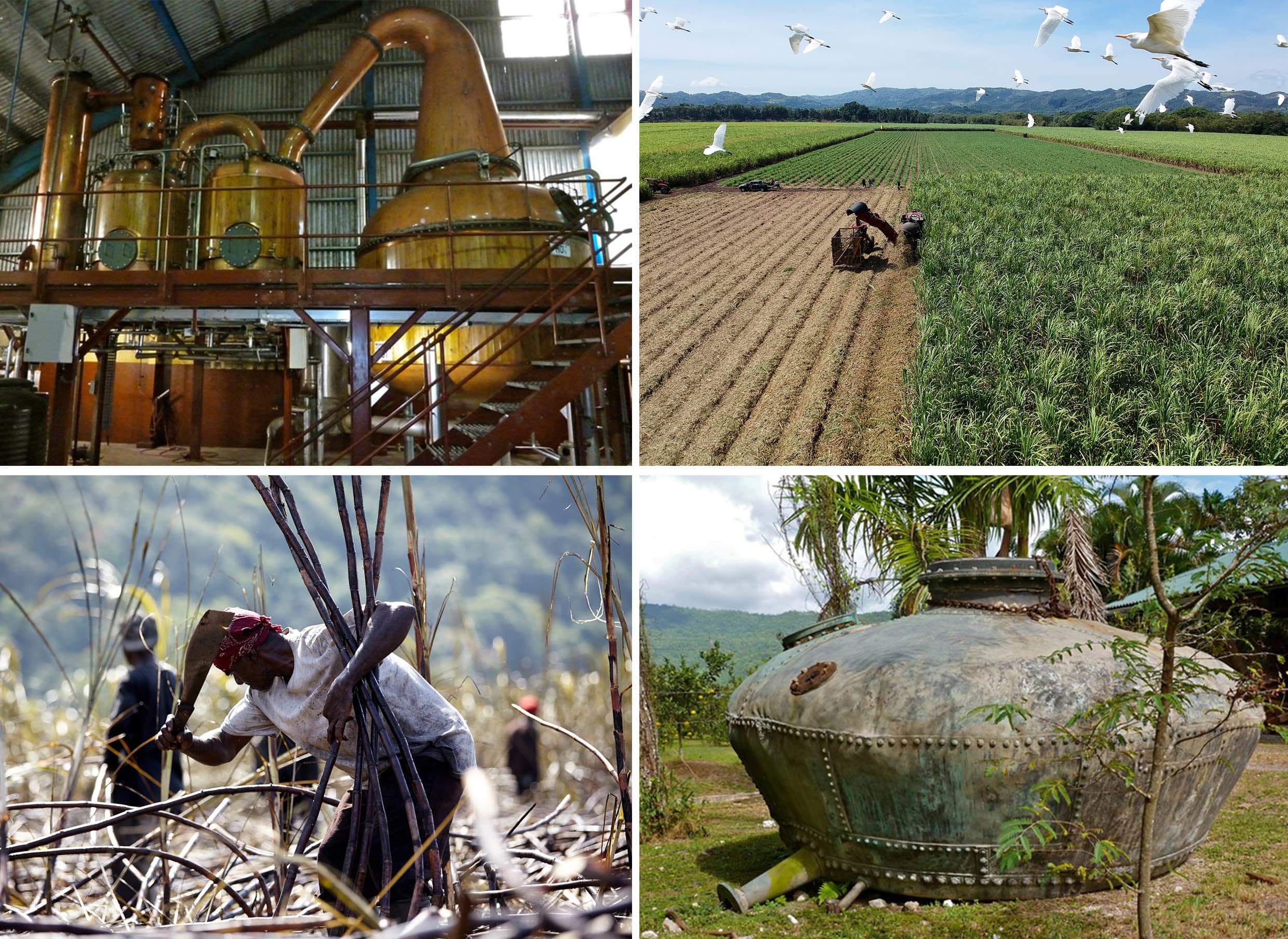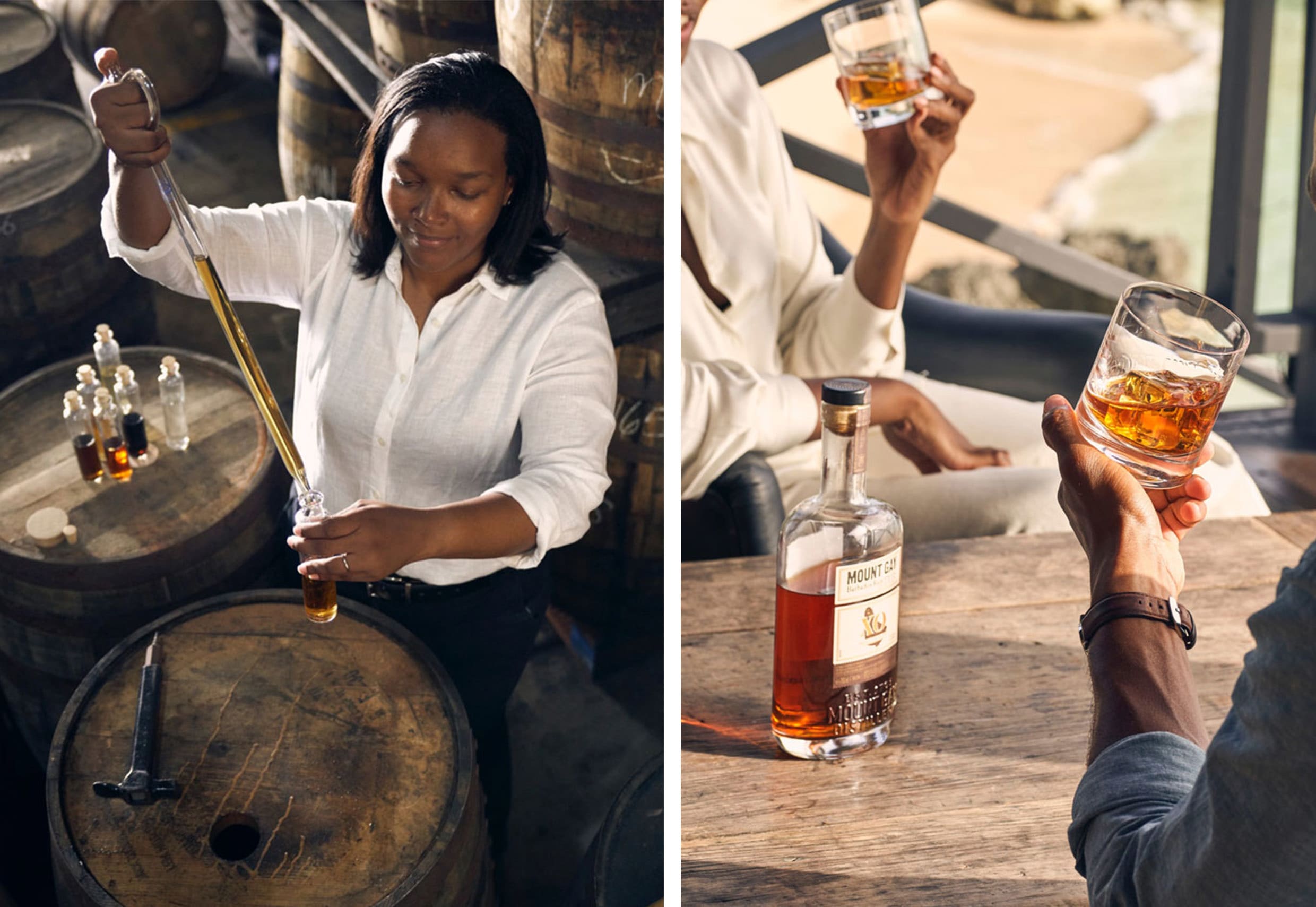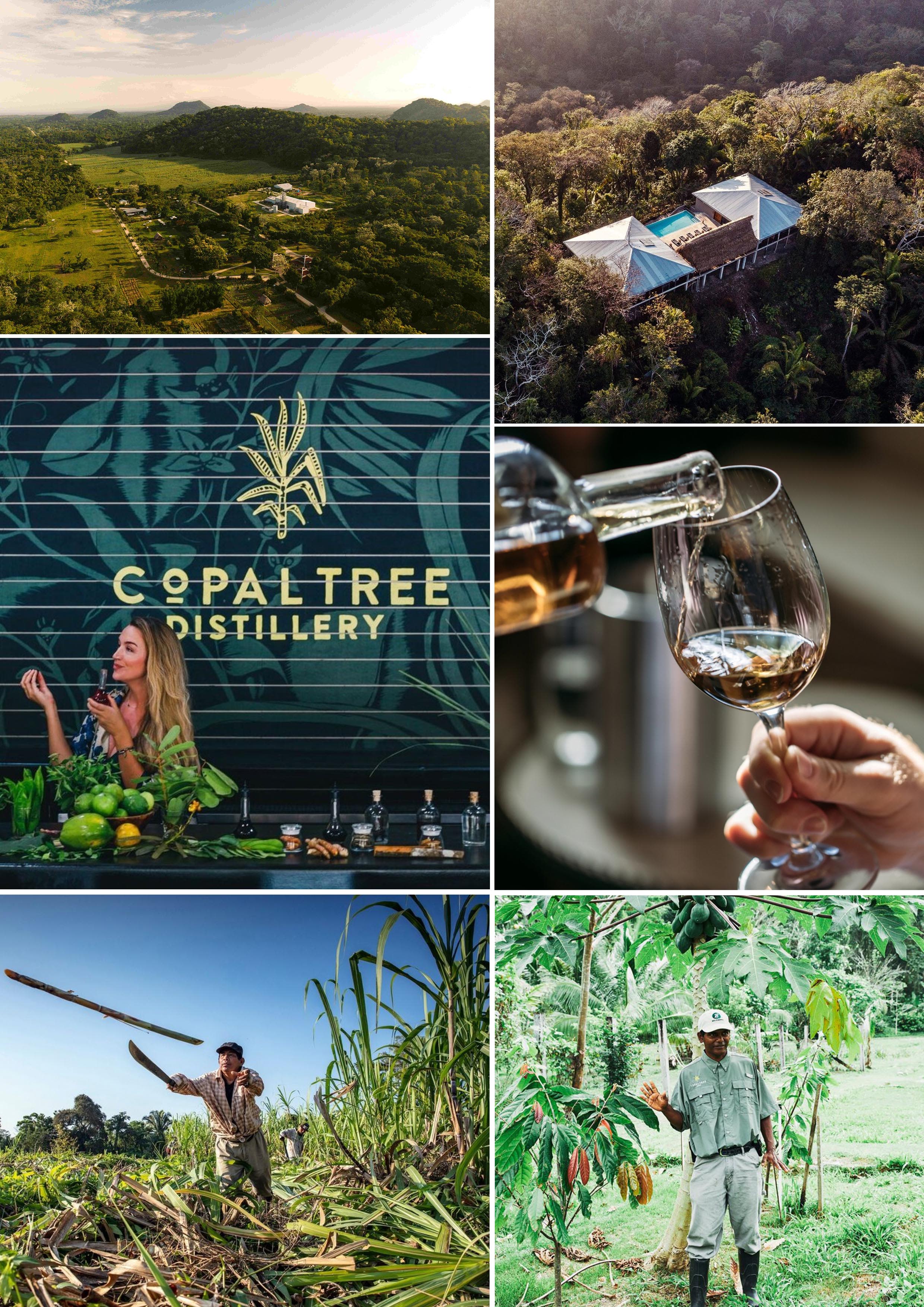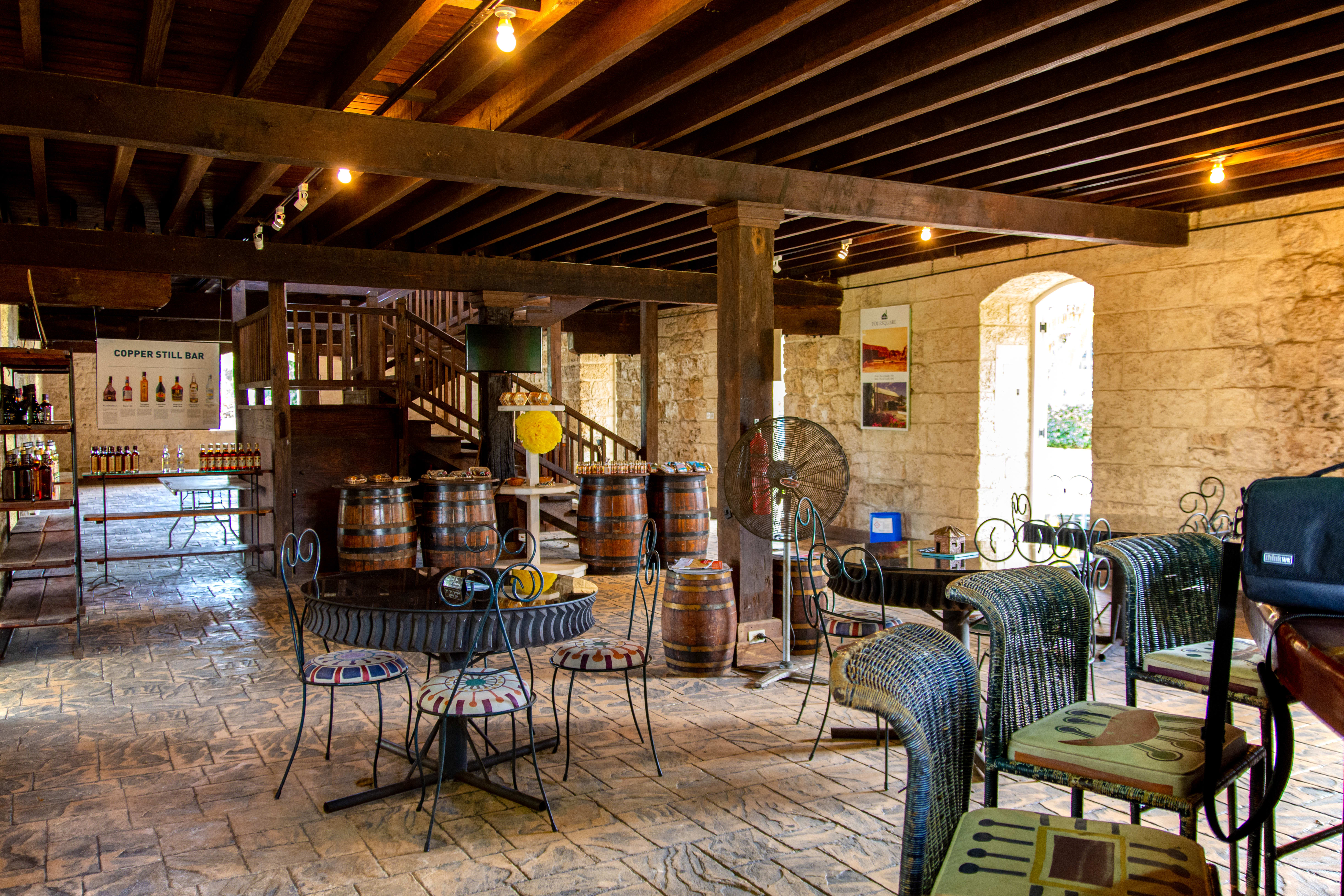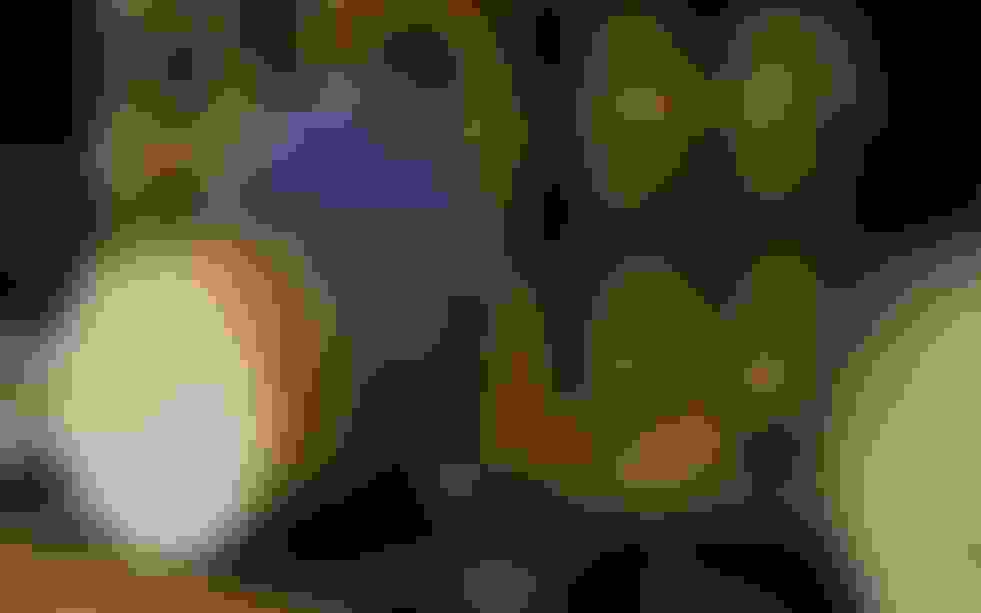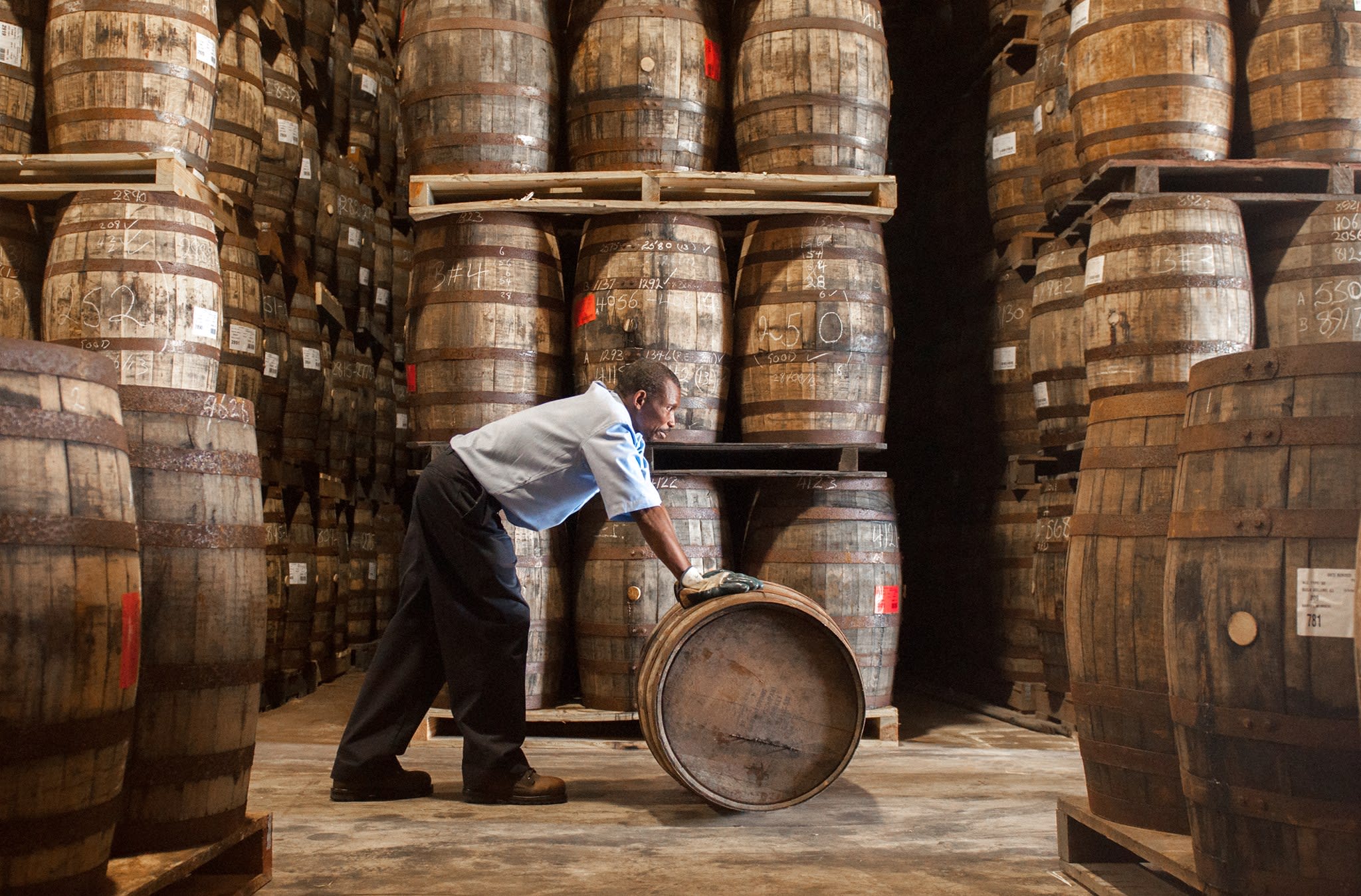

Rum’s link to the Caribbean is as old as time. It can even be traced back to records from Barbados as far back as the 1650’s.
The first thing to appreciate about Caribbean rum is that there’re different islands and therefore different rum styles. Sounds obvious, sure, but so often regions made up of dozens of small states easily get homogenised, and the joyful part of rum is the nuances that come from different nations.
Puerto Rican rum is known for having a lighter profile, most typically the result of multiple distillations on column stills. Jamaican rum is the opposite – where you should expect big, rich rums that are typically produced on pot stills which produce more esters (flavours) during distillation. Think big tropical fruits, spiciness, and lots of molasses – all of which is sometimes known as “funk”.
Further across - Guyanan rums are predominantly made in the famed Demerara River are also known to be very fruity and rich with a reputation for having a robust and full body. Meanwhile, Bajan (Barbadian) rum is often made from a mix of pot and column still distillation to achieve a balance of these two profiles. Bajan producers often talk about blending and have very strategic cask ageing processes to create their desired harmony.
The above assumes a similar raw materials and similar distilling methods but just like each of the islands are different – each have their own unique canes and approach to rum making too.
Take places like Martinique, Guadeloupe or Haiti who make theirs from pressed cane juice and whose Rhum Agricole is typified by clean, grassy and vegetal notes. Some Dominican rums also use sugarcane juice rather than molasses.
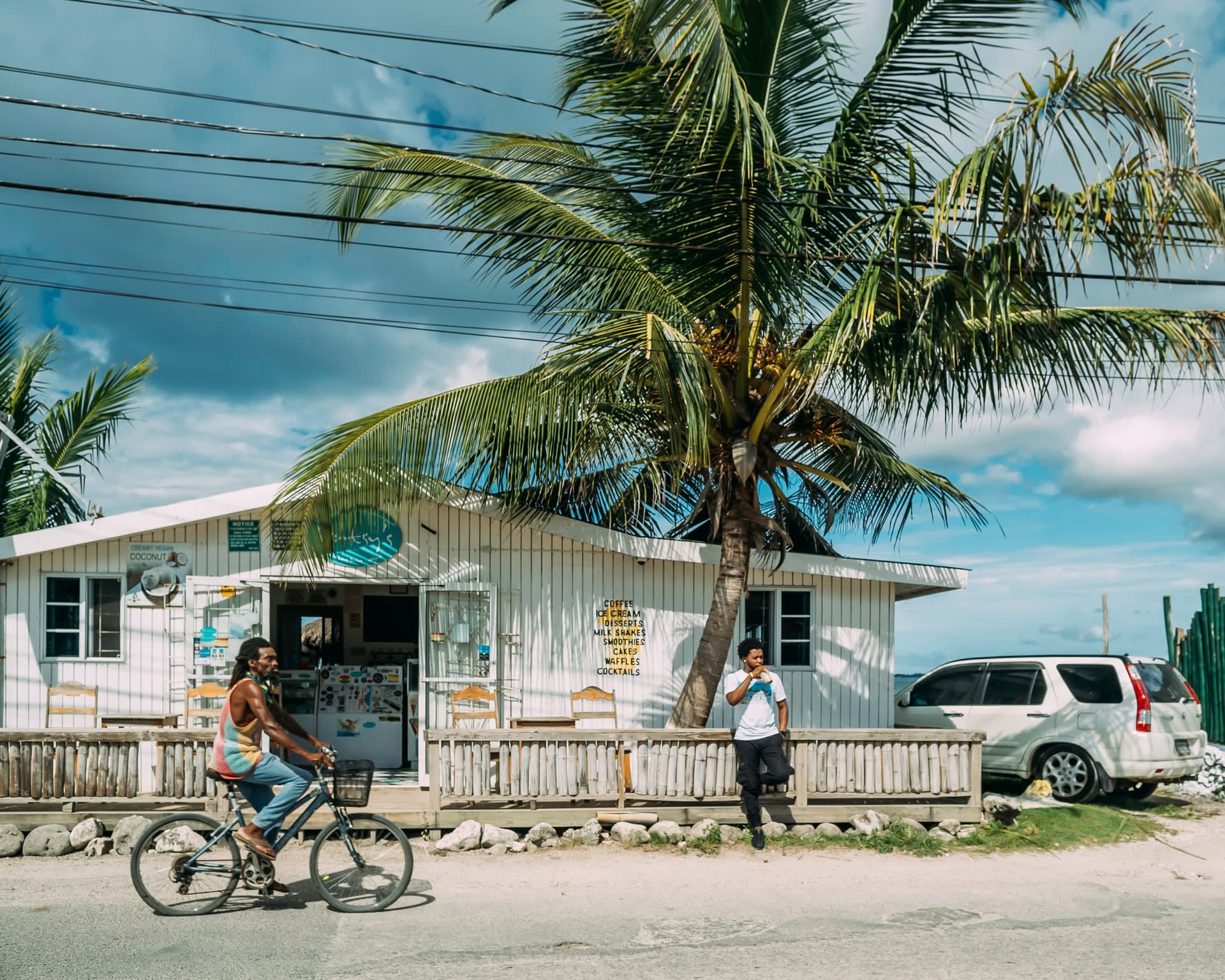

With these huge variances, it will come as no surprise that the “local” scenes are dramatically different to each other. Suffice it to say that what you get in a hotel or resort is not what the locals are drinking, and that each country will have a different view about how best to consume their local rum.
Drinking aside, what’s been pleasing to see is how many rum brands are trying to address what is a challenging category history and commit to find better paths forward.
There’s no avoiding the unsavoury parts of rums past; colonialization, slave trade and plantations. There’s also no avoiding the fact that for years, brands were owned by foreign companies and that both the wealth and value was created elsewhere and not reinvested back into the communities that grow the cane, make the sugar and actually distil the rum.
It’s not a nice subject matter, but it is important part of the region’s history with spirits and its relationship with rum. Previous policies of sweeping it out of sight is not acceptable - nor is cancelling brands that exist today due to actions long ago. Many brands are trying to readdress the balance and by accepting the challenges of navigating the territory – are finding ways to make the changes needed.
This is playing out in a myriad of ways, from investment in infrastructure, visitor centres opening up, GI’s being pursued to protect the rums made by specific countries, and far more accurate accounts of history being told.
Through all of this evolution, it’s now possible to understand the influence of rum on a region far better than ever before, especially should you care to visit in person.
